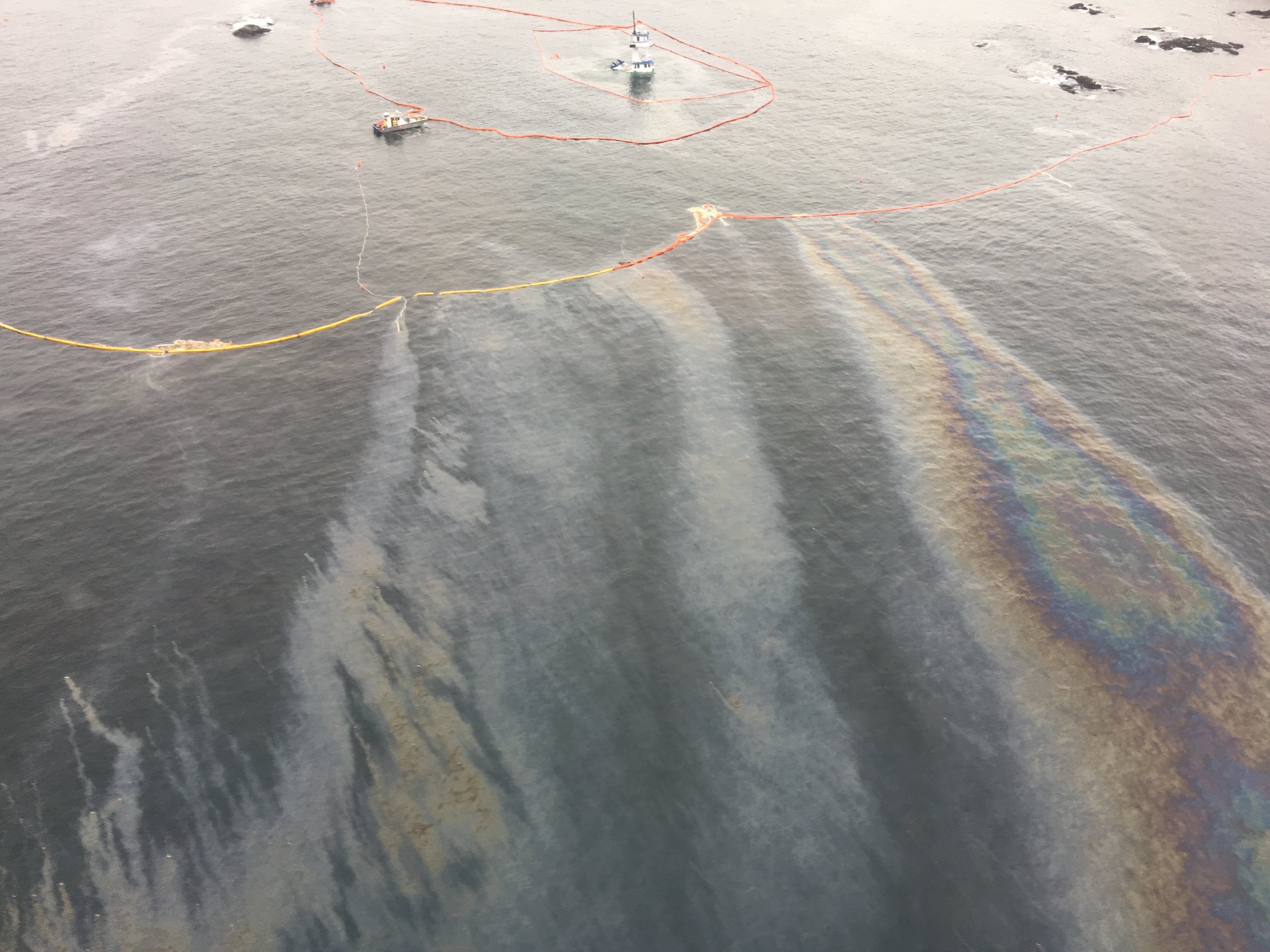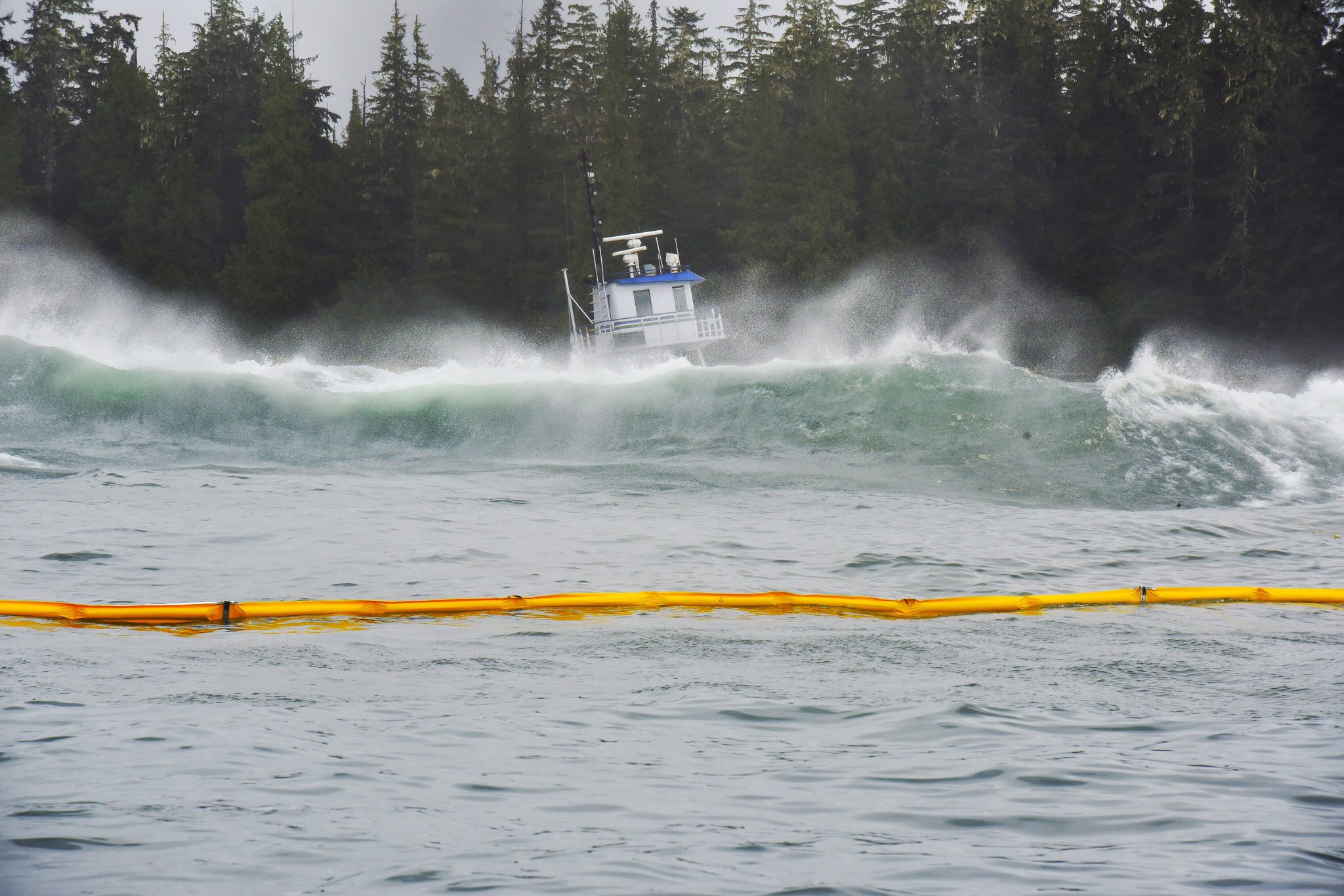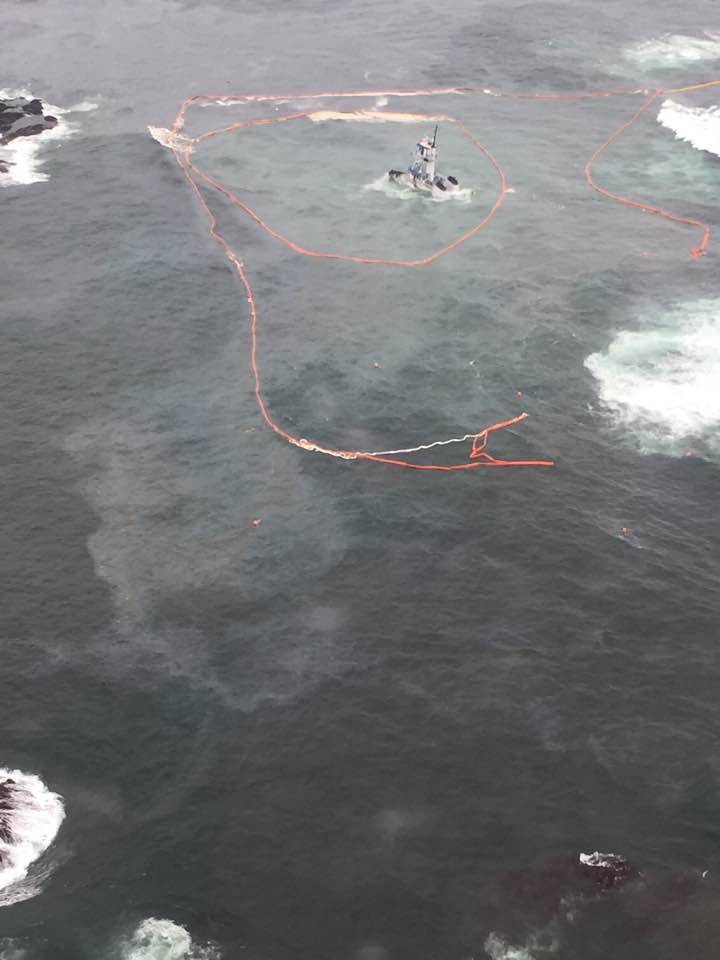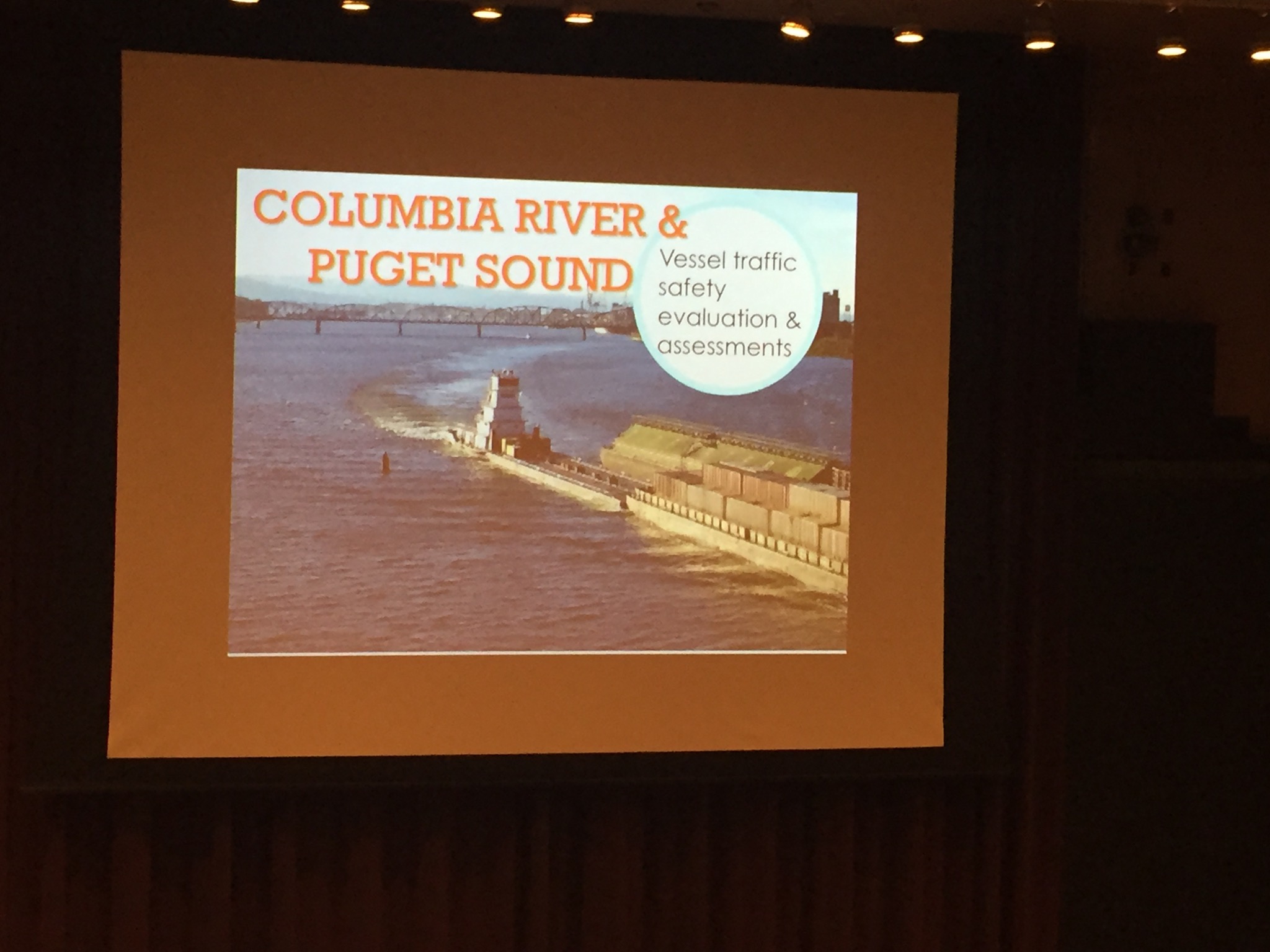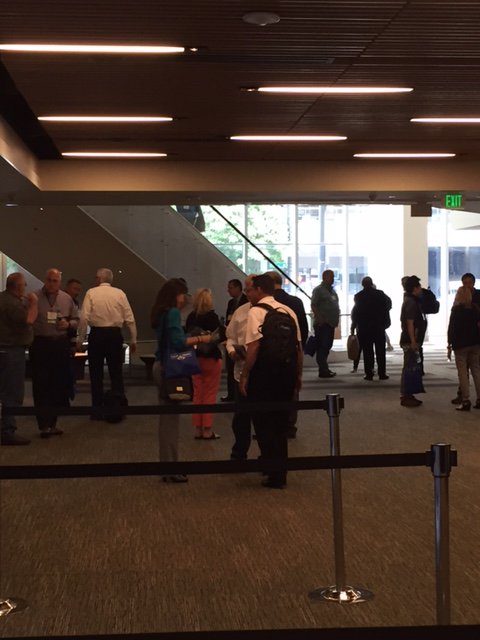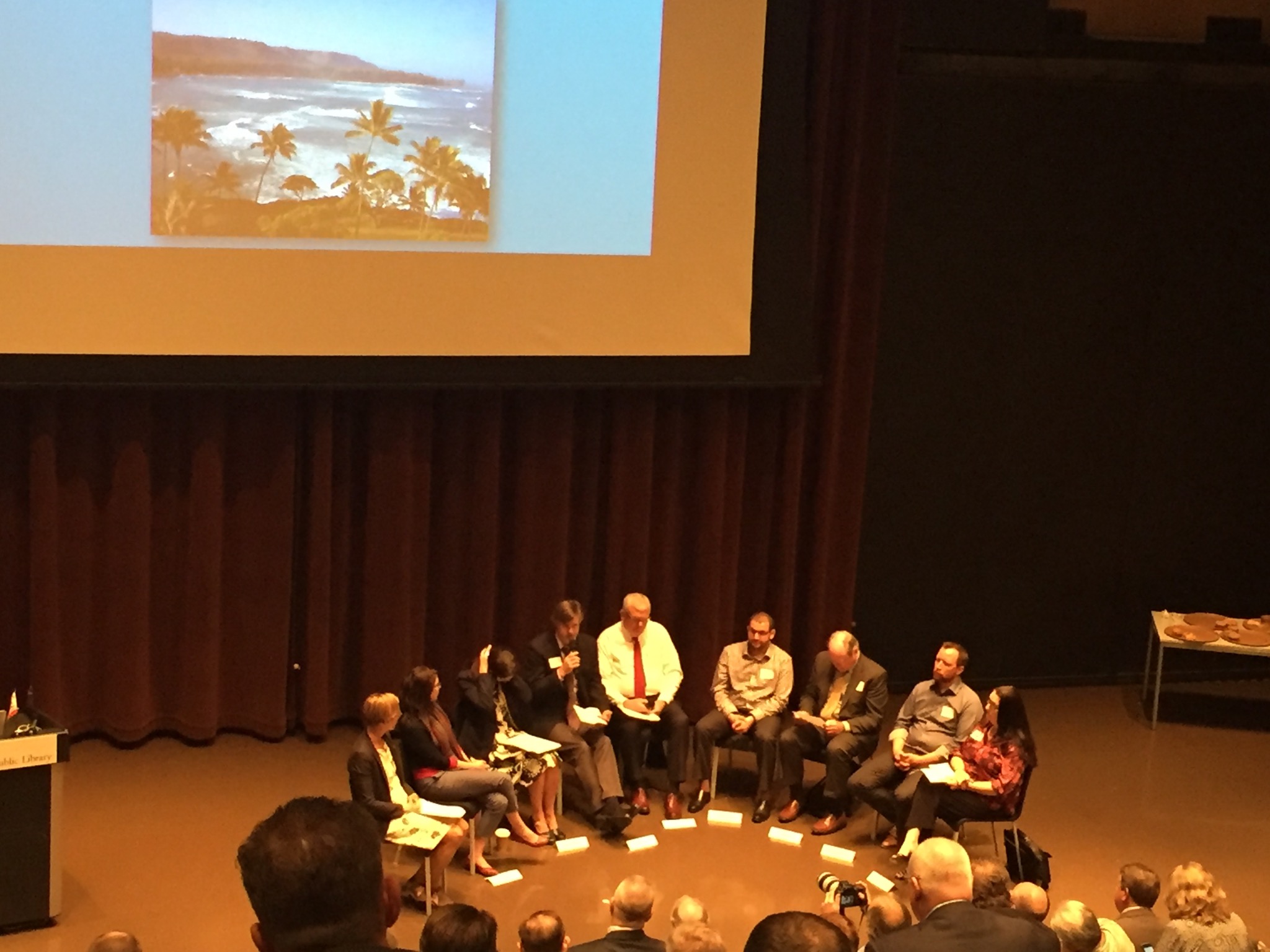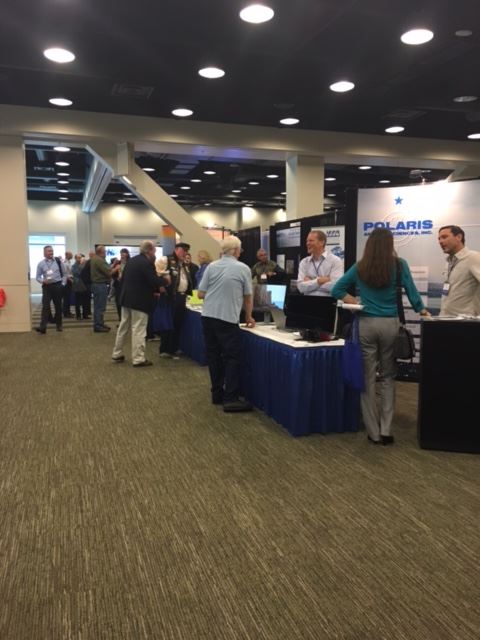Photographed by Heiltsuk Nation
It has been 12 days since a Texas-owned tug boat and its empty fuel barge crashed on rocks near Bella Bella, a First Nations community in the Great Bear Rainforest, leaking thousands of liters of diesel fuel. "It's an environmental disaster. It's a cultural disaster. It's affecting every facet of our community," Jess Housty of the Heiltsuk First Nation told one Canadian media outlet just days after the spill. Housty is also a Board director for TNC Canada, building on a 10-year partnership between TNC and the Heiltsuk Nation. Here at the Conservancy’s Washington chapter, we are deeply saddened by the spill and stand behind the Heiltsuk, who are working from dawn to dusk to mitigate the environmental and cultural damage.
The Great Bear Rainforest is at the heart of what the Conservancy calls the “Emerald Edge”—100 million acres of the largest remaining coastal rainforest on Earth, stretching from Alaska’s Tongass Forest to Washington’s Olympic Peninsula. Great Bear’s old-growth forests, rivers and coastal waters are the homeland of many First Nations, as well as extraordinarily rich habitat for grizzlies, wolves, several species of salmon, whales, eagles and other wildlife. It is the only home of the Spirit Bear, a rare subspecies of black bear that has white fur.
Clam beds are slicked with fuel, and just yesterday, divers confirmed that endangered abalone had been poisoned, as well as kelp and juvenile herring—all connected to Heiltsuk sustenance and livelihoods. Orcas and other sea life has been spotted traveling through the contaminated waters. Governmental response to the spill has been inadequate, and the sunken tug has not yet been recovered.
The Heiltsuk have started a fundraiser to cover their spill recovery costs and a community investigation into the accident and its impacts. To monitor the recovery efforts, check out the Heiltsuk Tribal Council Facebook page.






